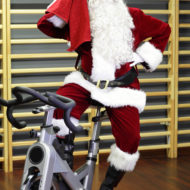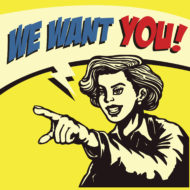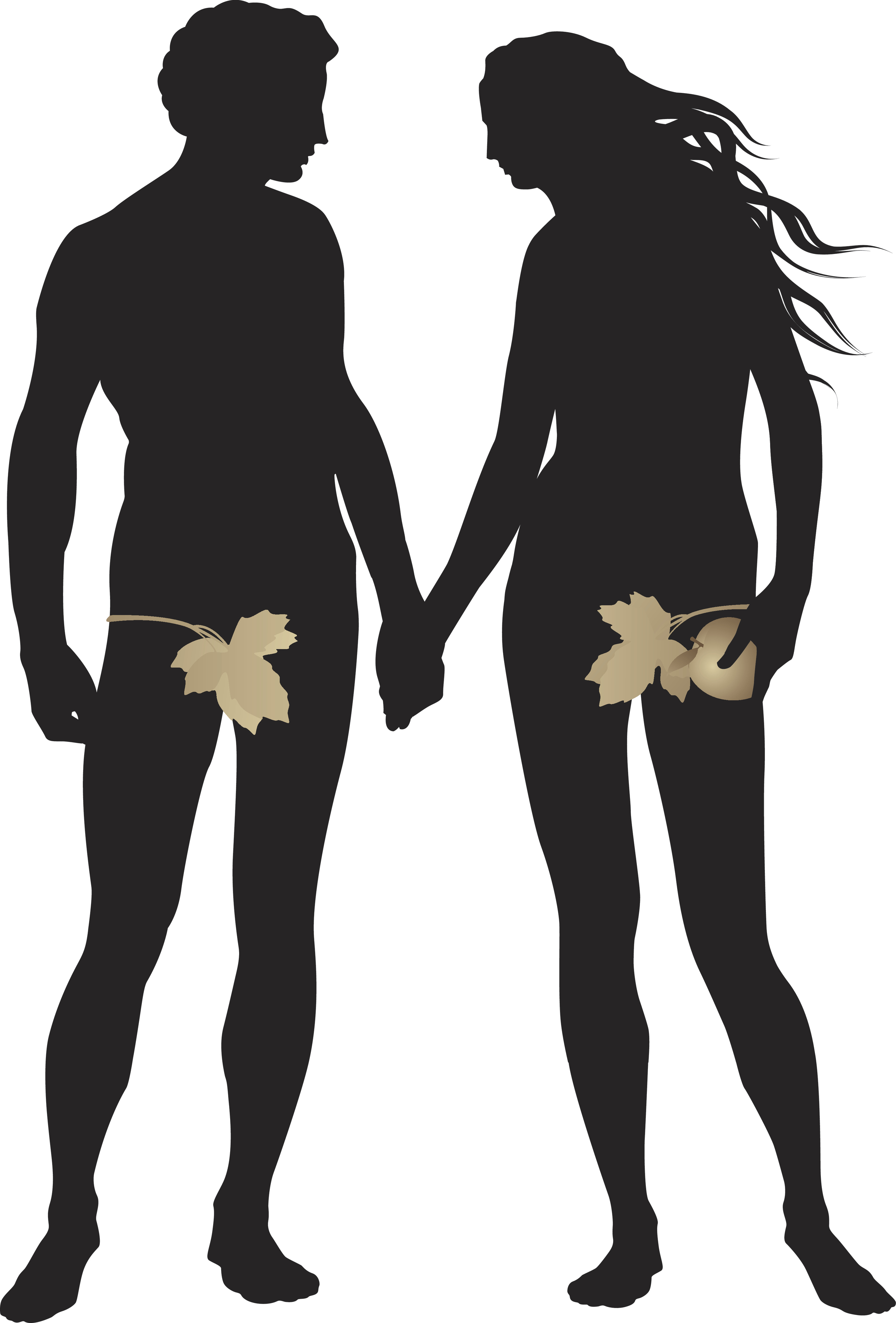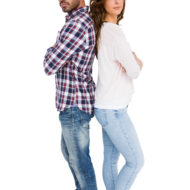
The American public expects a lot from Santa. Nowadays, he must cover the globe in one evening, driving a sleigh filled with gifts and pulled by eight reindeer. He is expected to be plump and jolly, yet slide up and down chimneys with a bag full of presents. Not only that, it’s considered impolite if he doesn’t at least sample the milk and cookies left out for him in every household.
In short, Santa must combine the girth, power, and agility of a sumo wrestler; the upper body strength of a chariot driver; the endurance of an Iron Man competitor; and the appetite of a giant python!… Read More









